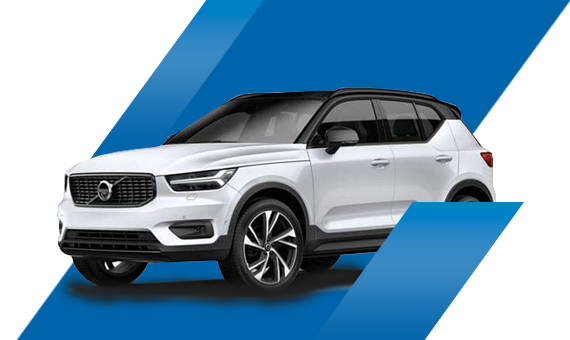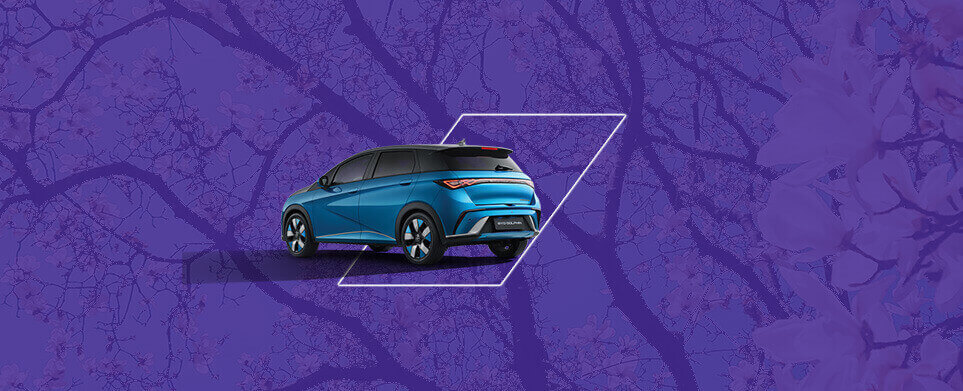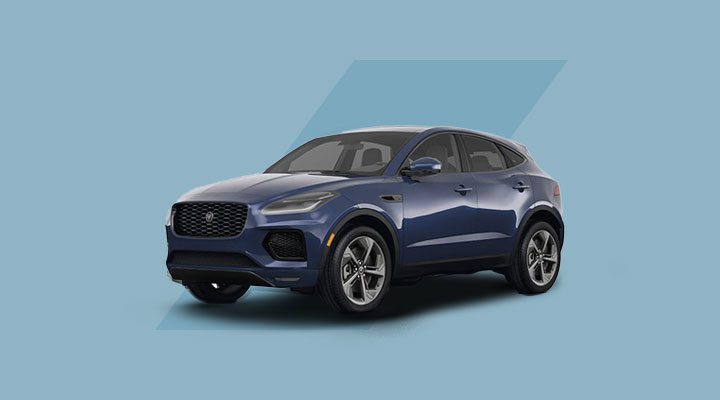Mastering winter driving
Intelligent tips for safer journeys
Driving in winter can mean facing unpredictable weather and challenging road conditions. We’ve gathered some of the best hints and tips to keep you safe, including advice on caring for your car battery if you drive an electric vehicle (EV).
Read on to find out how you can reduce the risk of breakdowns and prepare your car for the cold weather ahead.
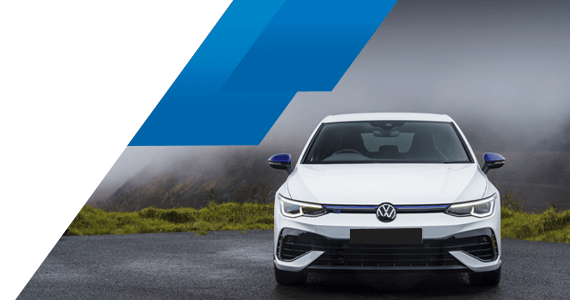
Getting your car ready for winter
Before we go through the specifics of driving in winter conditions, it’s vital to ensure that your vehicle is ready to face the colder months. Here are the first steps to prepare your car for winter weather:
Check your tyres
Make sure your tyres have sufficient tread depth and are correctly inflated. Consider switching to winter tyres for enhanced traction.
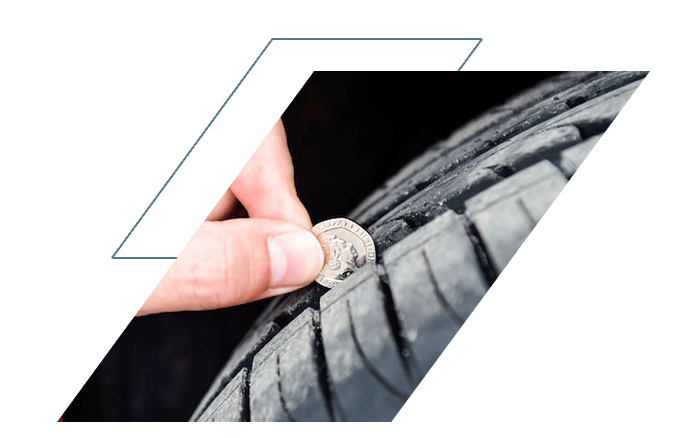
Create a winter
emergency kit
Prepare for the unexpected by assembling a winter emergency kit. Include items like blankets, a flashlight, non-perishable food, and first aid supplies.
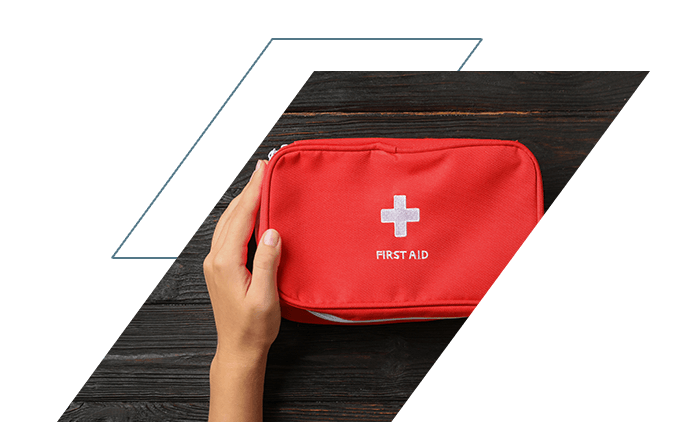
Examine your brakes
Ensure your brakes are in excellent working condition. Icy roads demand efficient braking systems.
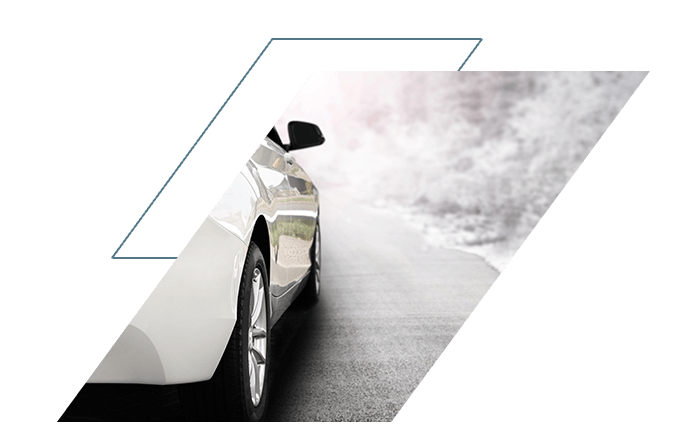
Monitor fluid levels
Cold weather can affect your vehicle’s fluids. Check the levels of oil, coolant, and windshield washer fluid. Use winter-grade windshield washer fluid to prevent freezing.
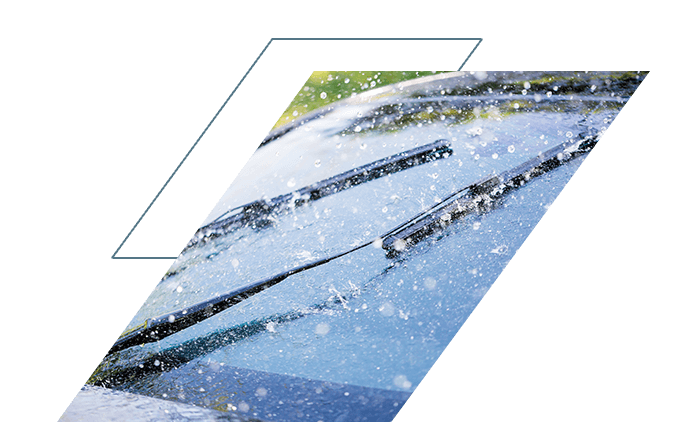

Winter tyres
You could also consider switching to winter tyres for enhanced traction.
Maximising EV range in cold weather
If you’re driving an EV, you’ll need to be aware of how chilly temperatures can affect your range and take steps to mitigate these effects. Here are some tips to help you out:
First, understand the range impact
The battery’s efficiency is reduced in the cold, causing shorter travel distances on a single charge. This means the range can be much lower than what you might expect compared to the summer months.
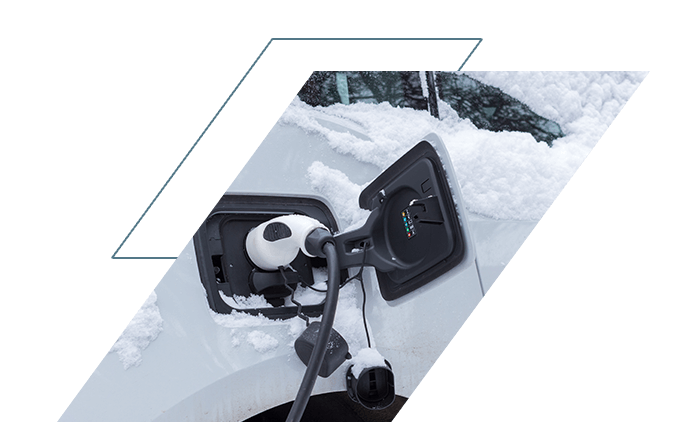
Precondition your vehicle
Most modern EVs allow you to precondition the cabin while the vehicle is still charging. This helps maintain a comfortable temperature and ensures windows are defrosted without draining the battery.
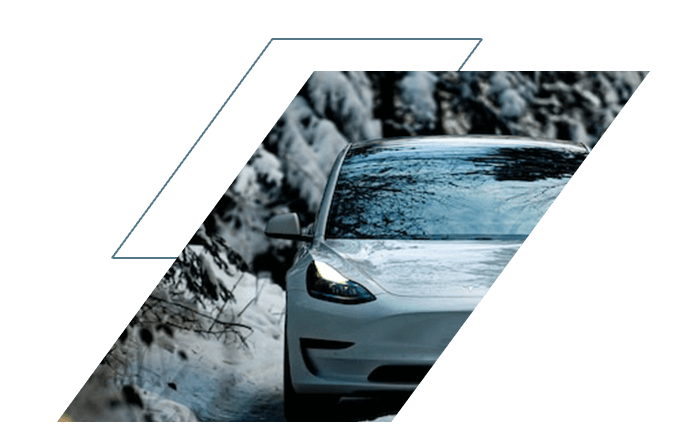
Plan multiple charging stops
Plan your routes with charging stations in mind, especially on longer journeys. Cold weather can increase charging time due to slower battery performance. Your battery range could lose charge more quickly too in the cold, and many charging stations can get busy at this time of year.
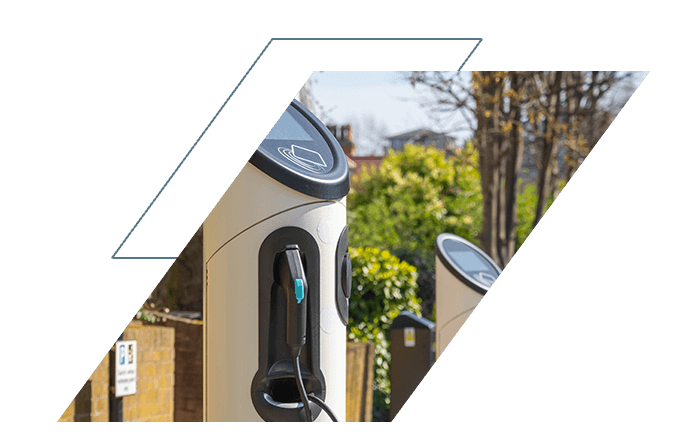
Practice efficient driving
Maximise your EVs efficiency by driving conservatively and avoiding rapid acceleration or high speeds. If your car has an efficiency mode or eco mode, be sure to take advantage of it.
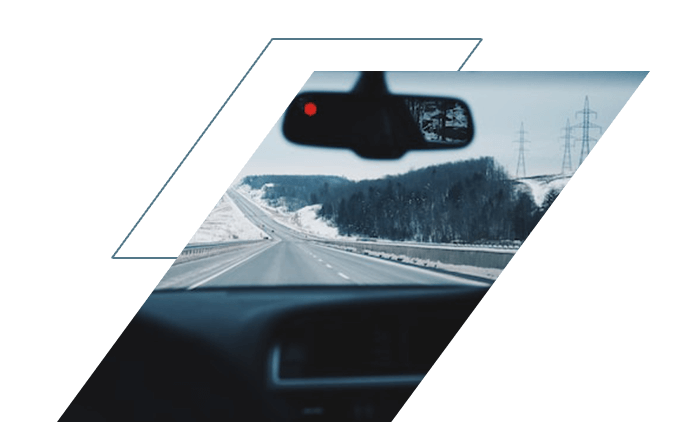
Use regenerative braking
If it’s safe to do so, adjust your acceleration instead of hitting the brakes when gradually slowing down. This is known as regenerative braking, and it’s a way to reduce speed while feeding surplus energy back to the battery.
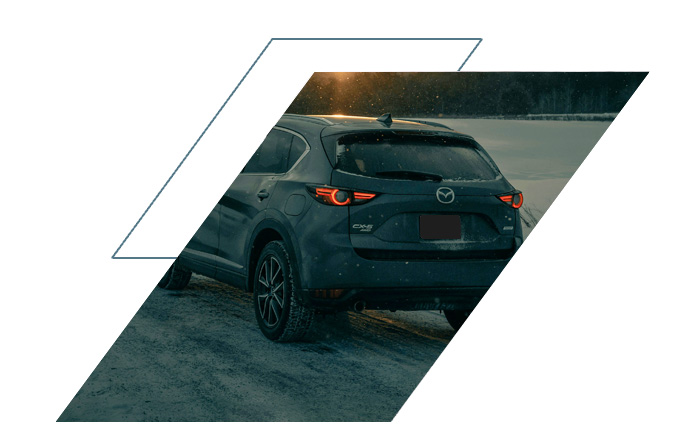
Turn on your heated seats
Heated car seats and steering wheel heaters are much more efficient than heating the car with climate controls.
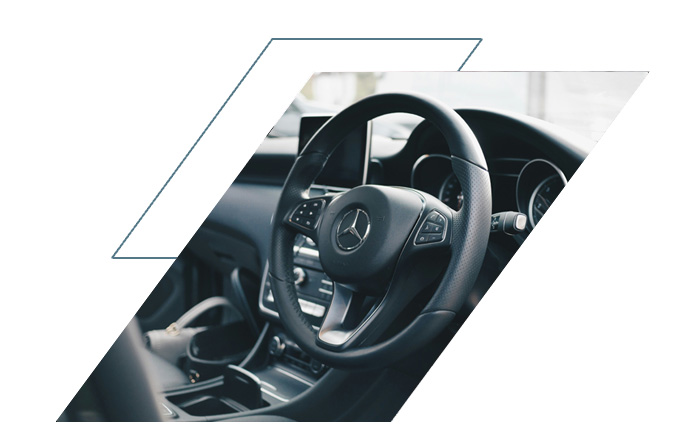
Money saving winter driving tips
Winter can be harsh on your wallet, with increased fuel consumption and maintenance costs. Discover some money-saving strategies for efficient winter driving that could also reduce your environmental footprint during the winter season.
Keep a steady speed
Sudden acceleration and deceleration can increase fuel consumption. Drive at a steady pace to conserve fuel/battery, and use cruise control on long, straight roads (such as motorways).
Reduce idling time
Idling consumes fuel unnecessarily. Turn off your engine when you’re parked for extended periods.
Keep your vehicle light
Remove unnecessary weight from your vehicle. Extra weight impacts fuel efficiency, so only carry what you need for the journey.
Monitor tyre pressure
Properly inflated tyres reduce rolling resistance, and this can improve fuel economy and EV battery range.
A note on responsible driving
As the holiday season approaches, it’s important to address the issue of drink driving. Here’s some guidance for enjoying the festivities responsibly and staying safe behind the wheel.
Always plan ahead
Before attending a holiday party, designate a sober driver or arrange alternative transportation to get you home.
Use rideshare services
Consider using rideshare services and apps or taxis if you’ve been drinking. It’s a small cost compared to the potential consequences of driving under the influence.
Encourage responsible drinking
If you’re hosting a party, promote responsible alcohol consumption and offer non-alcoholic options for designated drivers.
Know your own limit
Understand your alcohol tolerance and don’t push it. Even small amounts of alcohol can impair your ability to drive safely.
Keep an eye out for other drivers
Be aware of other drivers on the road, and if you suspect someone is under the influence, report it to the authorities.

